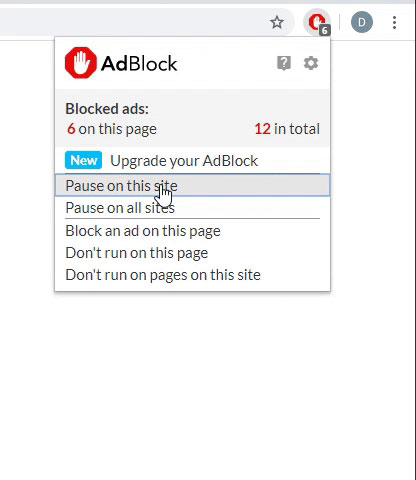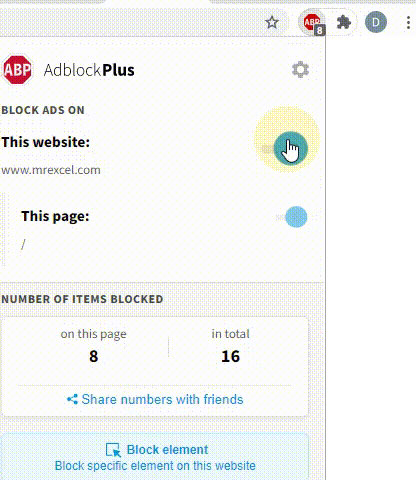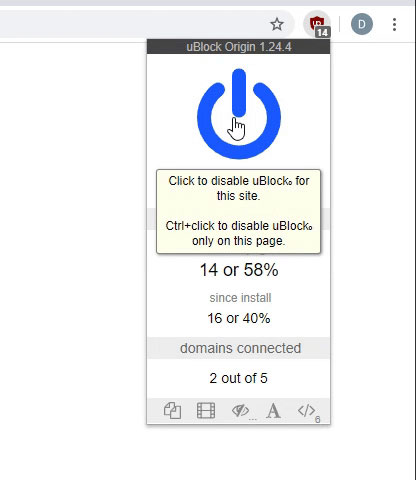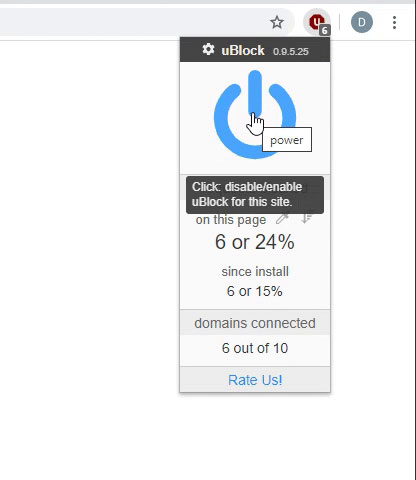I have dates in column C and interactively I can display the minimum, maximun, average ets by right clicking in the status bar and it displays the information in the Status bar
How can I duplicate those functions with a VB macro for use in my program
How can I duplicate those functions with a VB macro for use in my program





